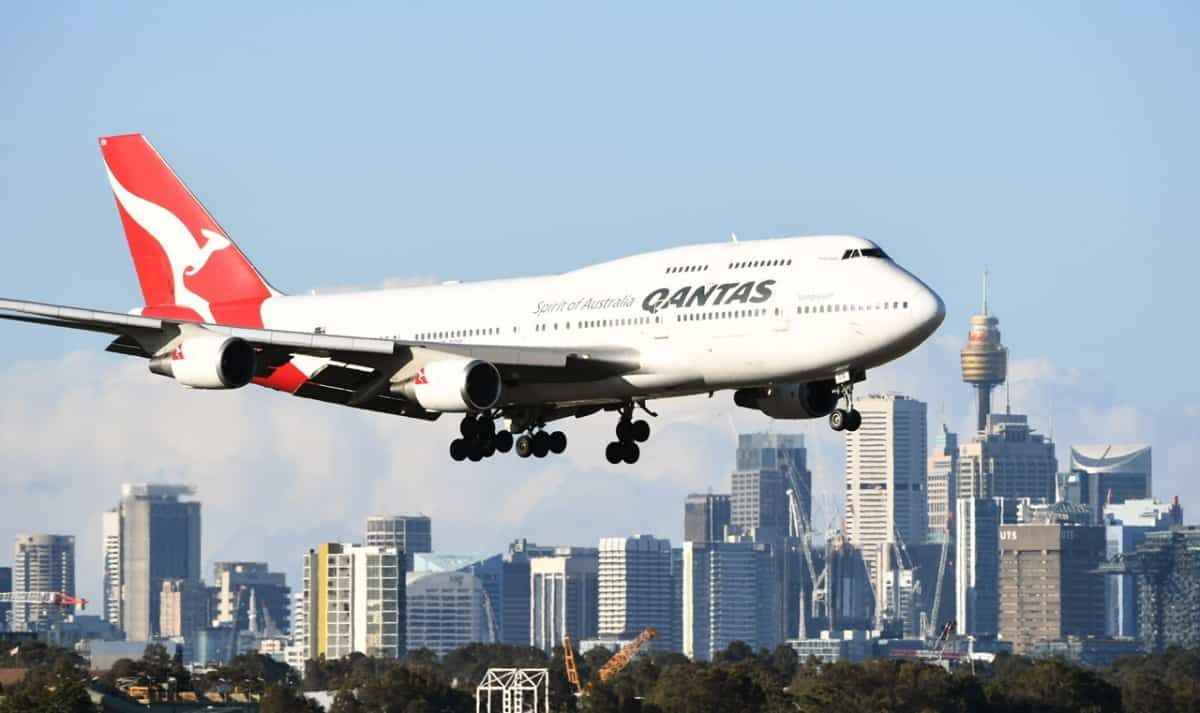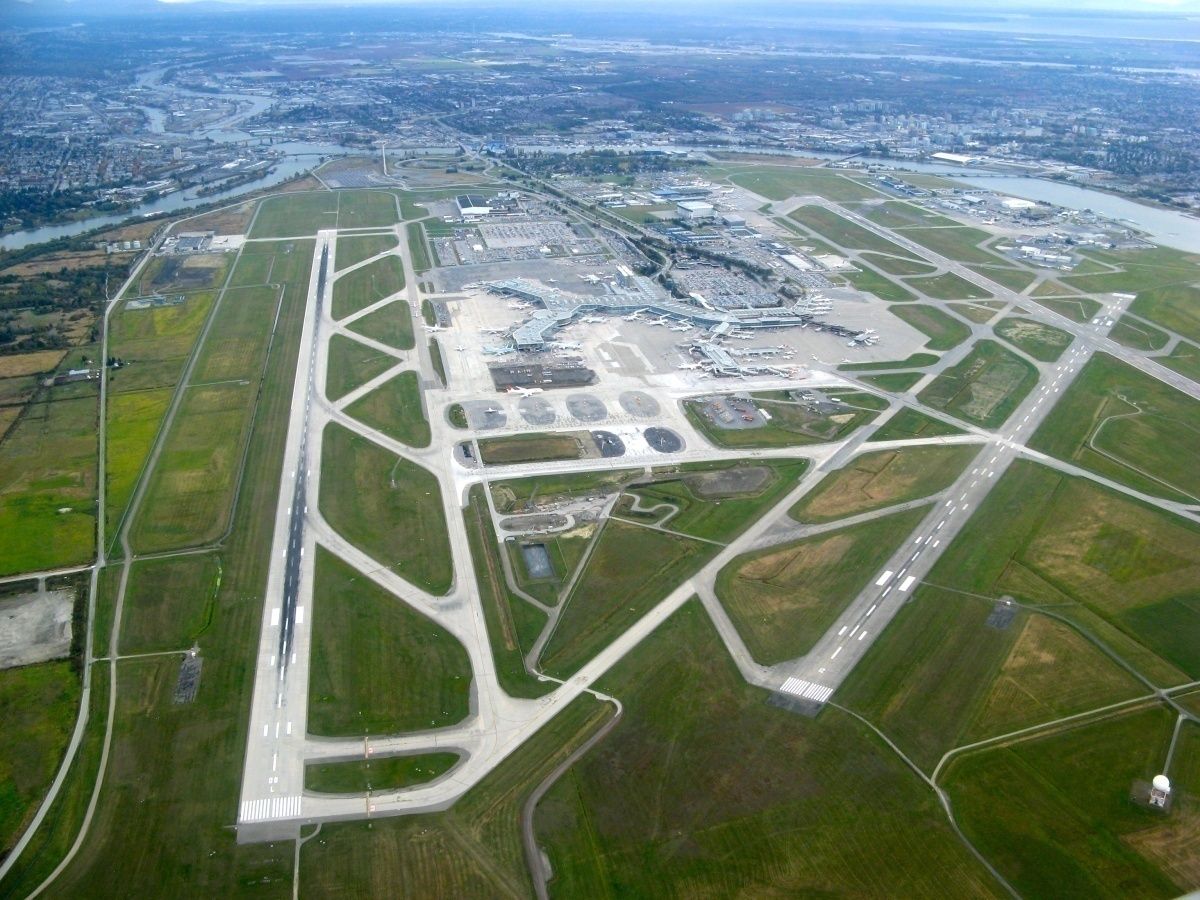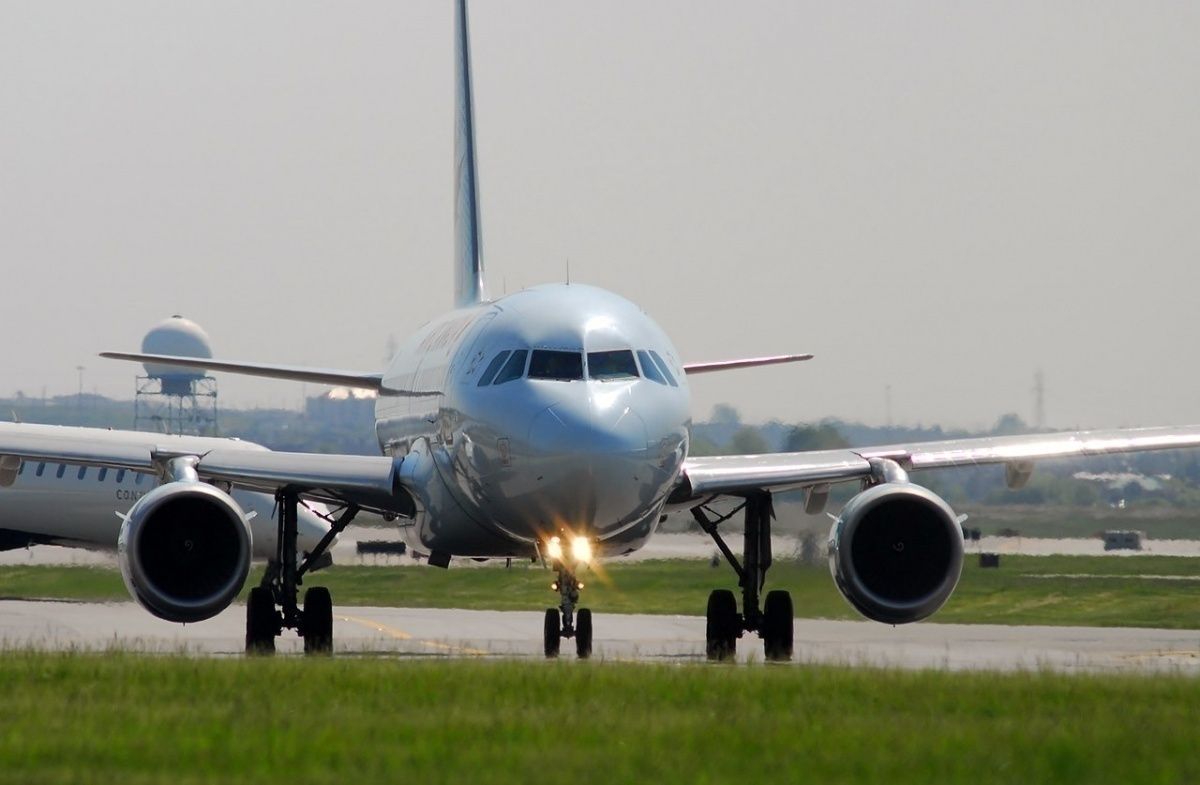A Qantas Boeing 747 and an Air Canada Airbus A319 lost separation while operating in and out of Vancouver Airport during low visibility on January 16, 2020. The Air Canada Airbus A319-100, registration C-FZUL was operating flight number AC-557 from Los Angeles International Airport (LAX) to Vancouver International Airport (YVR). It was on a CATIII ILS Approach to Vancouver's runway 08R when the incident occurred.
At the same time, as the Air Canada jet was preparing to land, a Qantas Boeing 747-400, registration VH-OEF was preparing to perform flight QF-76 from Vancouver to Sydney Airport (SYD) in Australia.
When permitted to line up on runway 08R for takeoff, the Qantas flight deck advised that they would need to perform a 30-second engine run-up. The wide-body airliner taxied into position and immediately started the engine run-up as Vancouver Air traffic Control gave them permission for takeoff. As the Qantas 747 was taking off, the Air Canada Airbus was around 5.9 nautical miles from the runway threshold.
2.8 nautical miles apart
In its incident report, the Transportation Safety Board of Canada (TSB) reported that when the Qantas Boeing 747 overflew the runway localizer, the two aircraft were just 2.8 nautical miles apart.
The Air Canada Airbus A319 landed safely, while the Qantas Boeing 747 continued to Australia without further incident.
When reporting on the incident, aviation website the Aviation Herald included some of the Canadian TSB findings:
"A loss of separation occurred as per the Vancouver Tower Unit Operations Manual (UOM) and Manual of Air Traffic Service (MATS) Tower/ACC stating a departing aircraft has to pass overhead of the localizer site before the next CAT II/III arriving aircraft is at 4 NM final."
What is a CATIII ILS Approach?
A CATIII ILS (instrument landing system) approach is a ground-based approach system that pilots use to land during poor visibility caused meteorological conditions that include low ceiling (clouds) rain, fog, or blowing snow. The ILS guides aircraft by a combination of radio signals and high-intensity lighting arrays.
CATIII ILS landing is required when pilots are unable to perform a manual landing due to poor visibility, allowing the aircraft's' autopilot to land the plane safely.
In the report of the Air Canada-Qantas incident at Vancouver Airport, it would appear that both aircraft were too close for comfort. In the TSB report, it says that when the Qantas Boeing 747 overflew the localizer, the two planes were only 2.8 nautical miles apart. Given the poor visibility at the time, it's quite possible that neither aircraft would have seen the other.
Having said all this, most large airports around the world stay open no matter what the visibility is like. This is thanks to advanced Autoland systems and experienced air traffic controllers.
What do you think of the incident? Is 2.8 nautical miles too close? Let us know your thoughts in the comments.



